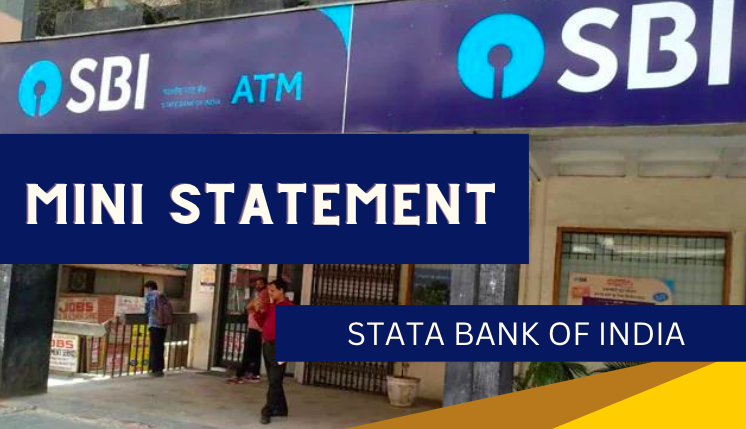Leveraging losses to reduce income tax is a strategic approach that can offer financial relief for individuals and businesses. By understanding and employing tax-loss harvesting, claiming capital losses, or utilizing various tax credits, taxpayers can navigate the complexities of the tax code to minimize their overall tax liability. This introduction delves into effective methods for using losses to optimize tax outcomes, offering insights into key concepts and strategies that individuals and businesses can employ to make the most of available tax-saving opportunities.
Understanding Tax-Loss Harvesting
Tax-loss harvesting is a strategic investment technique designed to minimize capital gains taxes by intentionally realizing investment losses. This approach involves selling securities at a loss to offset capital gains, thereby reducing the overall tax liability. Key elements of tax-loss harvesting include:
Exploring the Concept: Tax-loss harvesting capitalizes on the tax code’s treatment of capital gains and losses. By deliberately selling underperforming investments, investors create a loss that can be used to offset taxable gains elsewhere in their portfolio.
Identifying Opportunities for Losses: Successful tax-loss harvesting requires a keen awareness of investment positions and market conditions. Investors identify assets that have decreased in value but are expected to recover, allowing them to sell at a loss and reinvest in similar securities to maintain their portfolio’s overall market exposure.
Tax-loss harvesting is a proactive strategy, providing investors with a means to optimize their tax positions while actively managing their investment portfolios. By strategically navigating market fluctuations and capitalizing on investment losses, individuals can potentially reduce their taxable income and enhance their overall after-tax returns. However, it’s essential to consider transaction costs, tax rules, and individual financial goals when implementing tax-loss harvesting strategies.
Capital Gains and Losses: Basic Concepts
Capital gains and losses are fundamental components of the taxation of investment transactions, playing a pivotal role in determining an individual’s or business’s taxable income. Understanding the basic concepts of capital gains and losses is crucial for optimizing tax outcomes:
Definition of Capital Gains and Losses: Capital gains result from the sale or disposition of assets such as stocks, bonds, or real estate, where the selling price exceeds the original purchase price. Conversely, capital losses occur when the selling price is lower than the purchase price.
Short-Term vs. Long-Term Capital Gains: The holding period of an asset influences whether a gain or loss is classified as short-term or long-term. Assets held for one year or less typically incur short-term capital gains or losses, subject to higher tax rates. Those held for more than one year result in long-term capital gains or losses, often taxed at preferential rates.
Offsetting Gains with Losses: Taxpayers can offset capital gains with capital losses to minimize their overall tax liability. This practice, known as “netting,” involves subtracting total capital losses from total capital gains, with any remaining losses potentially offsetting other types of income.
Utilizing Net Operating Losses (NOLs)
Net Operating Losses (NOLs) are valuable tax assets that can provide financial relief for businesses and individuals experiencing periods of economic downturn. Understanding how to effectively utilize NOLs involves navigating the provisions set forth by tax authorities:
Navigating Net Operating Loss Provisions: NOLs arise when a taxpayer’s allowable deductions exceed their taxable income, resulting in a negative net operating income. Tax laws typically allow for the carryforward or carryback of NOLs to offset taxable income in profitable years or recover taxes paid in previous years.
Carryforward and Carryback Options: Carryforward allows businesses or individuals to apply NOLs to future taxable income, reducing the tax liability in subsequent profitable years. Carryback, on the other hand, enables the application of NOLs to amend tax returns for previous years, potentially resulting in a refund of taxes paid.
Overview of Tax Credits and Their Role
Tax credits are powerful tools within the tax code designed to directly reduce an individual’s or business’s tax liability. Unlike deductions, which lower taxable income, tax credits provide a dollar-for-dollar reduction in the actual amount of taxes owed. Understanding the role and types of tax credits is essential for optimizing overall tax outcomes:
Direct Reduction of Tax Liability: Tax credits directly decrease the amount of taxes owed, making them highly advantageous for taxpayers. They are applied after the calculation of total tax liability, offering a more impactful reduction.
Types of Tax Credits: Tax credits come in various forms, including income tax credits, business tax credits, and refundable tax credits. Common examples include the Earned Income Tax Credit (EITC), Child Tax Credit, and various energy-related credits for businesses.
Maximizing Tax Credits: Taxpayers must meet specific eligibility criteria outlined by tax authorities to qualify for credits. Maximizing their benefits involves strategic financial planning, understanding applicable credits, and ensuring compliance with relevant regulations.
Investment Strategies to Minimize Tax Impact
Strategic investment planning involves not only maximizing returns but also minimizing the tax impact on overall gains. Several effective strategies can help investors optimize their after-tax returns:
1. Tax-Efficient Investments:
- Prioritize investments with favorable tax treatment, such as long-term capital gains, which are typically taxed at lower rates compared to short-term gains.
2. Asset Location Planning:
- Strategically allocate assets among taxable and tax-advantaged accounts to maximize tax efficiency. Place tax-inefficient investments in tax-advantaged accounts and tax-efficient ones in taxable accounts.
3. Tax-Loss Harvesting:
- Actively manage investment portfolios by selling investments at a loss to offset capital gains, reducing overall taxable income. This technique is known as tax-loss harvesting.
4. Utilizing Tax-Advantaged Accounts:
- Contribute to tax-advantaged accounts such as 401(k)s, IRAs, or Health Savings Accounts (HSAs) to benefit from tax deductions, tax-deferred growth, or tax-free withdrawals.
5. Holding Investments for the Long Term:
- Take advantage of lower long-term capital gains tax rates by holding investments for more than one year.
6. Implementing Tax-Efficient Withdrawal Strategies:
- Develop withdrawal strategies that minimize the tax impact during retirement, considering factors like required minimum distributions (RMDs) and tax bracket management.
Compliance and Documentation Requirements in Tax Planning
Adherence to compliance and meticulous documentation is integral to effective tax planning. Meeting regulatory requirements ensures that individuals and businesses not only optimize their tax positions but also remain in good standing with tax authorities:
Understanding Tax Laws: Taxpayers must stay informed about the constantly evolving tax laws and regulations applicable to their jurisdiction. Comprehending the intricacies of tax codes helps in making informed decisions that align with legal requirements.
Accurate Record-Keeping: Maintaining accurate financial records and documentation is essential. Receipts, invoices, and other financial documents should be organized and readily available to substantiate claims and deductions during audits or inquiries.
Fulfilling Filing Obligations: Adhering to deadlines for filing tax returns and paying taxes owed is crucial. Timely and accurate filing avoids penalties and interest charges, contributing to overall financial health.
Transparency and Disclosure: Transparent communication with tax authorities is vital. Any changes in financial circumstances or tax positions should be promptly reported, ensuring compliance with disclosure requirements.
Conclusion
In conclusion, effective tax management is a cornerstone of sound financial planning. By understanding and implementing strategies such as tax-efficient investing, utilizing losses judiciously, and collaborating with tax professionals, individuals and businesses can navigate the complexities of the tax landscape. Compliance, documentation, and strategic planning not only optimize tax positions but also contribute to long-term financial stability. As tax laws evolve, a proactive and informed approach, coupled with professional guidance, ensures that taxpayers not only meet their legal obligations but also make strategic decisions that align with their unique financial goals and circumstances.
Also Read:

Hello, I am Tanisha Kriplani, graduated in computer science from Delhi University. I am passionate about web content writing and have a strong interest in Data Analytics and Data Engineering.












